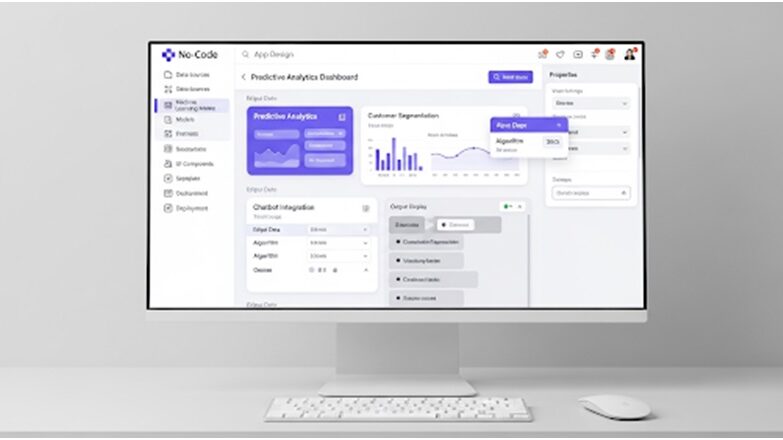Introduction to Cash Flow Analysis
Cash flow analysis is the evaluation of a company’s incoming and outgoing cash. It provides insights into how well a company manages its cash position, paying off its obligations, and funding operations. By assessing cash flow, businesses can gain a better understanding of their financial health and make informed decisions about investments, expansion, and managing expenses.
Understanding the patterns of cash flow helps companies anticipate potential shortfalls and surpluses, enabling them to take proactive measures to address financial challenges and capitalise on opportunities. By analysing cash flow data, companies can identify trends, such as seasonal fluctuations or the impact of economic conditions, and adapt their strategies accordingly.
Importance of Cash Flow Analysis for Global Brands and Finance Companies
Cash flow analysis is particularly critical for global luxury brands and finance companies due to the intricate nature of their operations and the high stakes involved. For luxury brands, managing cash flow effectively is essential for maintaining the exclusivity and desirability of their products and services, as well as for strategic marketing and expansion initiatives.
Finance companies, on the other hand, rely heavily on accurately assessing cash flow to mitigate risks and ensure the sustainability of their lending and investment activities. By conducting thorough cash flow analysis, finance companies can assess the creditworthiness of potential borrowers and the viability of investment opportunities.
Both global luxury brands and finance companies can utilise cash flow analysis to optimise working capital management, streamline financial operations, and make astute financial decisions that align with their strategic objectives and long-term sustainability.
Benefits of Effective Cash Flow Analysis
Cash flow analysis is a vital tool for businesses, providing a clear picture of the inflow and outflow of cash. By conducting regular cash flow analysis, businesses gain insight into their financial health, allowing for better decision-making and strategic planning. This analysis helps businesses anticipate potential cash shortages, manage surpluses effectively, and ensure they have enough cash to cover expenses. Understanding the timing of cash movements can prevent financial crises and enhance the overall stability of the business.
Furthermore, effective cash flow analysis enables organisations to identify trends and patterns, aiding in the development of accurate financial forecasts. This, in turn, assists businesses in setting realistic goals, improving budgeting and cost management, and ultimately enhancing profitability. Moreover, by tracking cash flows, businesses can make informed decisions about investments, acquisitions, and financing options. This helps them optimise their capital structure and maximise returns while minimising financial risks.
Additionally, sophisticated cash flow analysis can also be used to evaluate the performance of specific projects, departments, or products within a business. This level of detailed insight allows for the allocation of resources to areas that generate the highest returns, contributing to overall efficiency and competitiveness.
Implementing Cash Flow Analysis in the Finance Industries
For finance companies, the application of cash flow analysis is crucial in assessing the creditworthiness of potential borrowers. Through comprehensive cash flow analysis, finance firms can evaluate the ability of borrowers to generate sufficient cash to repay their debts, reducing the risk of default.
Moreover, in investment decision-making, cash flow analysis aids in evaluating the potential returns and risks associated with different investment opportunities. It allows financial institutions to make well-informed decisions, aligning investments with the organisation’s overall strategy and risk tolerance.
Furthermore, in the context of financial planning and wealth management, cash flow analysis is instrumental in developing personalised financial strategies for clients. By understanding their cash inflows and outflows, finance professionals can provide tailored recommendations to help clients achieve their financial objectives and secure their future.
Understanding Cash Flow Statement: Components and Purpose
In the elegant dance of financial statements, the cash flow statement is an essential tempo, rhythmically outlining the liquidity and financial flexibility of an enterprise. It is where numbers pirouette, revealing the actual movement of cash within a company. Understanding its components is akin to decoding the language of business vitality.
At its core, the cash flow statement is segmented into three acts: operational activities, investing activities, and financing activities. Operations encapsulate the cash generation and expenditure from the company’s main business pursuits, much like the heart pumping blood to sustain life. Investing activities reflect the company’s fiscal narrative, detailing the acquisitions and disposals of long-term investments and capital assets, symbolising the strategic, forward-thinking mindset of stewardship and growth. Financing activities expose the cash flows between the company and its financiers or shareholders, echoing the steps of a graceful financial ballet – a sequence of borrowing, repaying, and distributing dividends.
The purpose of the cash flow statement transcends mere accounting; it provides a magnifying glass into the company’s operational efficiency, indicates the quality of its earnings, and offers a predictive lens for future cash flow trends. It holds the key to understanding an organisation’s liquidity and, by extension, its ability to sustain operations, invest in new opportunities, and fulfil its financial obligations – all indicators of a company’s financial health and resilience.
Conclusion: Leveraging Cash Flow Analysis for Financial Elegance
The art of cash flow analysis, when executed with finesse, transforms raw financial data into actionable insights that fuel the strategic elegance of a successful business. In the realm of luxury brands and finance companies, this analytical prowess not only ensures operational liquidity but also enhances the tapestry of financial decision-making, creating a pattern that resonates with sophistication and forethought.
Luxury brands, in particular, operate within a marketplace where expectations are high, and the margin for error is small. By embracing cash flow analysis, these brands can meticulously manage expenditures, align investment strategies with consumer trends, and maintain the lavishness of their offerings without compromising on financial health. For ambitious finance companies, cash flow analysis serves as the cornerstone of portfolio management, risk assessment, and long-term fiscal planning.











